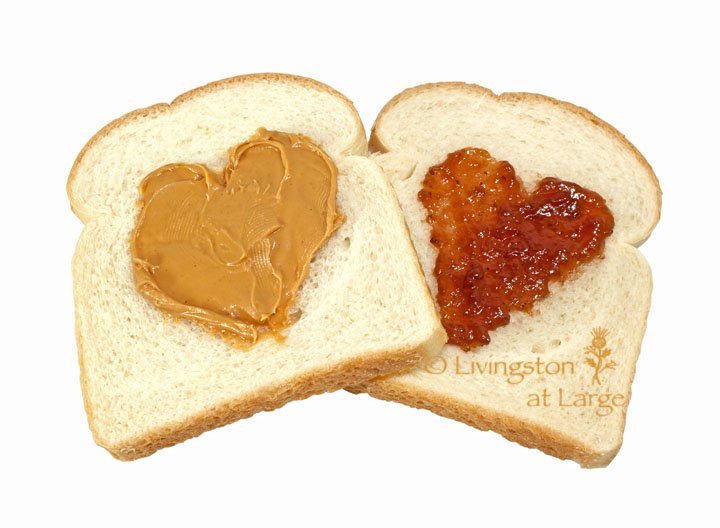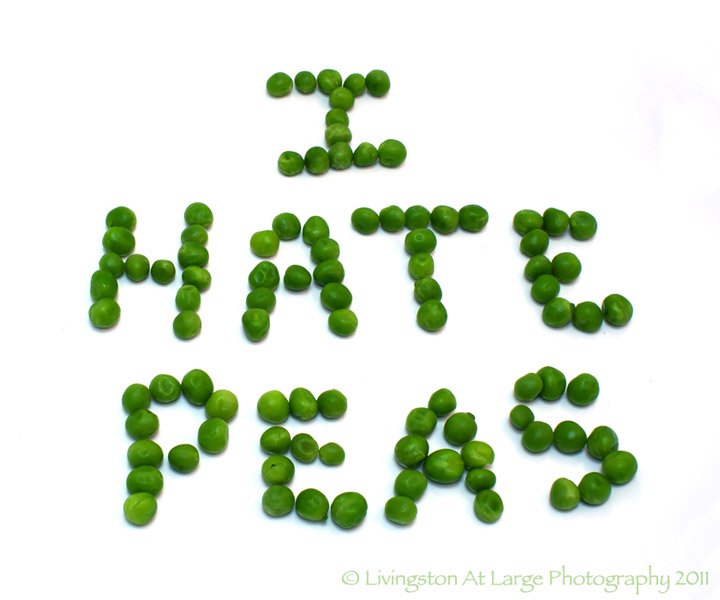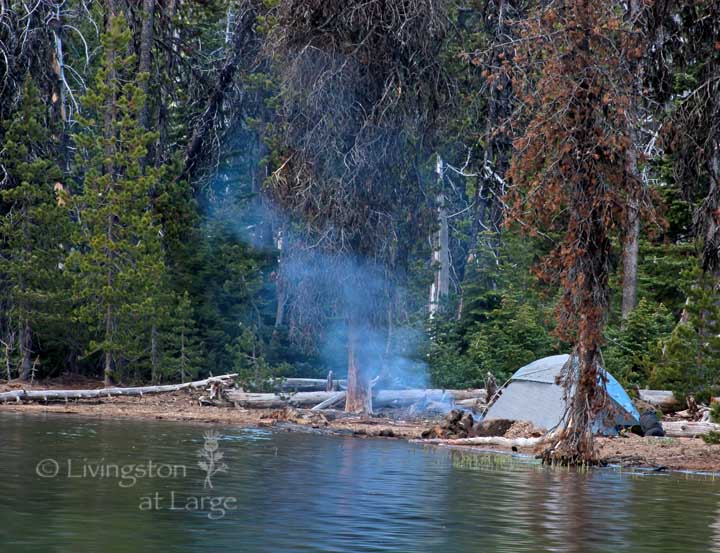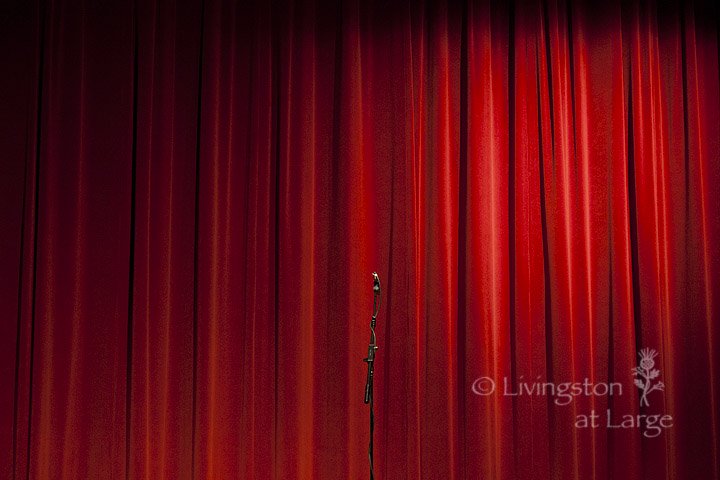Getting Started
Shooting Microstock
Most of what I’m going to tell you here refers to getting started shooting microstock images and sell them on Shutterstock, Dreamstime, Fotolia and the likes. (You may notice I’m leaving one biggie out, I’m not happy with them.)
As I go along I’ll break this down to tutorials on shooting food, candles, landscapes etc.
Lots of people, have lots of photos and they want to cash in on them. Of course they do! That’s what microstock is founded on. Camera gear is pricey and we want MORE, MORE, MORE. (Not to mention all those editing programs.) Is it likely you can use those old photos for microstock. Not unless they’re REALLY old an historic.
In the course of getting started shooting microstock you’re eventually going to stumble on the big deal about how microstock has ruined photography etc. Yes, it has, but it really was the digital camera that started that slippery slide and you just can’t stop the advancement of technology so quit whining and either get in, or stay out and pout.
Most of that complaining comes from photographers who are/were well established in traditional stock to begin with. They paid their dues had a great life for a while. Now the next generations have to learn someplace and why not microstock? The same can be said for the travel agent industry, book printing etc.
Let me state that while getting started shooting microstock is, for the most part, easy if you apply to the right places. It is work, a lot of work. You can plan on a full year of work before you make what you might consider a small amount of money and if you don’t spend a fair amount of time doing your homework on what’s selling, a lot longer.
You’ll spend a lot of time building your portfolio and unless you live pretty cheaply, it’s not likely you will make a living wage for many years. However, once it’s built and you keep adding to it, it literally sells overnight and you can will it on to your grandchildren.
I’ve also acquired private, large-scale job clients and travel writing jobs because of my portfolios, and they DO pay the bills.
Is it worth it, to a lot of people, no, to me, yes. Every month I’m selling a little more and I’m learning.
I look back at the images I submitted in the beginning and smile. The mere volume of photography you need to shoot when getting started shooting microstock, teaches you something, if nothing else, how to operate every single button on your camera in a cave in the pitch dark, but mostly how to get better while getting paid a small sum.
The Basics
Here are some of the basics you really need to have and know if you are getting started shooting stock photography.
- You really need a DLSR camera. Yes, you can shoot with a point & shoot camera but your rejection rate is going to be VERY high and you’ll get a bad rep quickly with the reviewers. Some agencies limit your uploading by your acceptance percentage and you’ll find yourself severely limited
- Also, some agencies are now taking iphone images but they still have to be 4MP or better so your phone needs to be shooting 8MP.
- Learn how to use it well. Getting it right in the camera will save you a massive amount of time. Time truly is money. You can either be out shooting, or in fixing what you didn’t do right in the field/studio.
- Learn some Photoshop basics. Noise reduction, bumping the saturation a tad and the like, is critical. Once you do that....learn more and more and MORE. Online tutorials are great for this.
- Have a thick skin on rejections. No stock photographer I know has figured out what the agencies at any given time want and we all agree the reviewers are asleep, on crack, eating laced brownies, in love, in a divorce, tired of looking at pink flowers, hate tomatoes, hate us etc. On any given day I get 10 images rejected from one site for technical reasons that are accepted by another site as perfect. (For this reason I do not go exclusive with any agency.)
- Think like an advertiser. Stock photography is about how an image can be used to sell a product, or convey a lifestyle for an article.
- Register with Dreamstime, Shutterstock and Fotolia. (If you want to spend the rest of your life being rejected with no valuable or reasonable…..or really ANY input as to why, register with that other i-one.)
- Read the forums for the agencies you register with. You’ll learn some great techniques like isolating and such. The cool thing is this industry is constantly changing and we get to change with it.
- READ THE SUBMISSION REQUIREMENTS BEFORE YOU SUBMIT. Check for what they want and what they DO NOT. FLOWERS are high on the DO NOT WANT list.
- Look on the agencies at the images that are getting the high downloads. See how clean they are, where they have negative space for text etc.
- Think THREE seasons (holidays) ahead. Right now, we should be thinking Valentines Day and beyond.
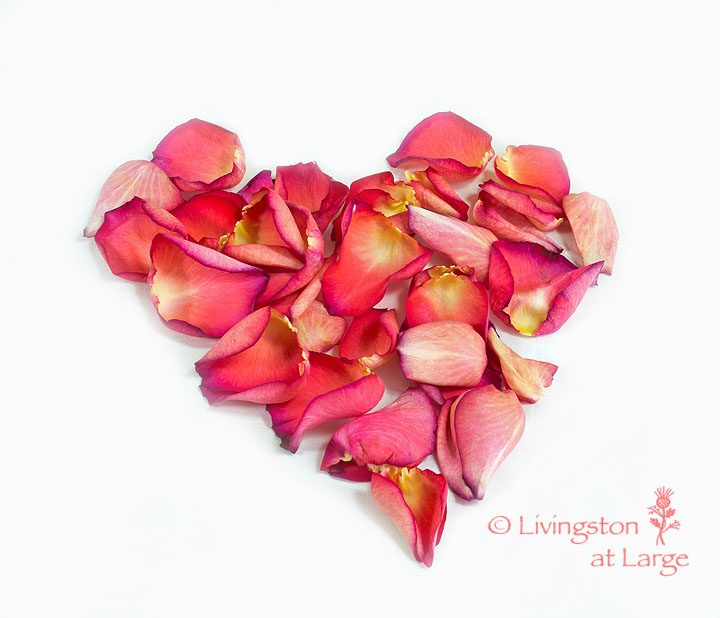
I have a huge problem with this and I shoot a lot of Christmas, at Christmas because…..It’s hard to dress a donkey for Christmas in June. (It's hard to remember where the Christmas stuff is in June.)

- Food is money. Shoot it before you eat/drink it. (Get used to cold food.)
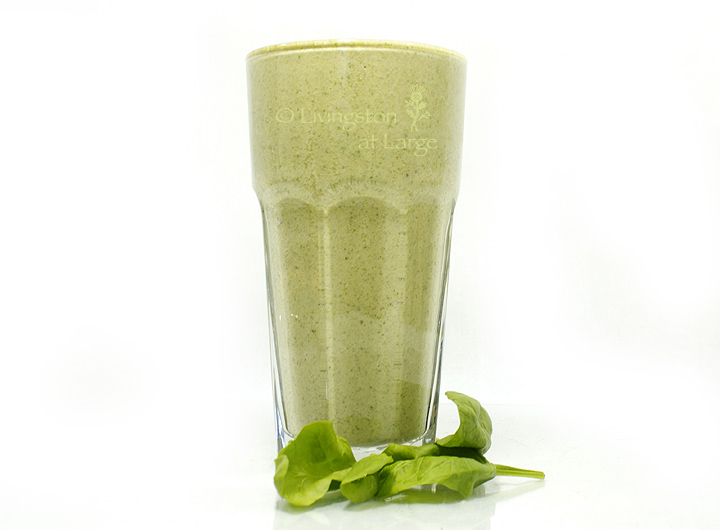
- Be creative. Keep a file of stuff you see that you like and come up with your own ideas. Probably one of the most important things in getting started shooting microstock is to have an idea file.
- Read the microstock blogs. Here are some of the good ones.
http://arcurs.com/ (Yuri is the top mircostock photographer in the world) Really if you want an idea of where the industry is headed and fresh ideas…stay on this one.
http://www.themicrostockblog.com/category/microstock/
I like Dave Navarro because he has a wide range of topics including video stock.
Neither one of these guys writes often, mostly because they are successful and out there working.
I'm writing a little about my microstock journey ever day or so, with tips on getting started shooting microstock photography.
- Have a red curtain :)
Getting Started Shooting Microstock at Dreamstime.com

